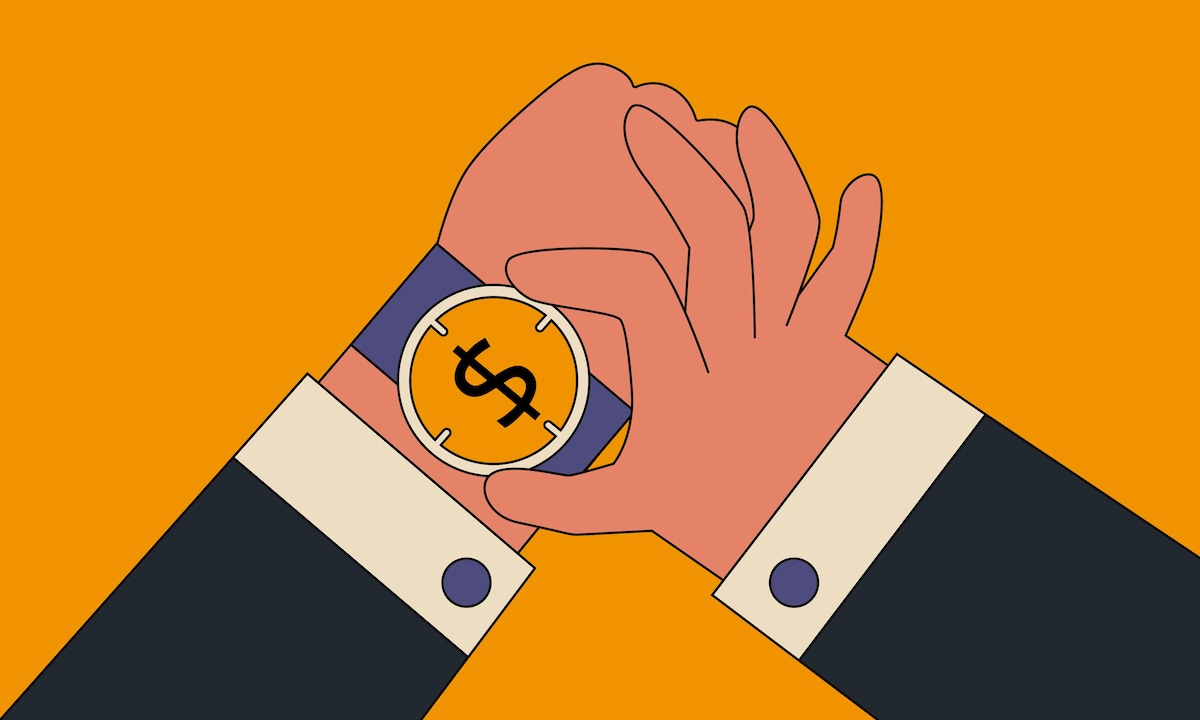Why Authentic Trust Beats Transactional Trust Every Time
Stop treating trust as workplace currency and start living it as a cultural value
When there’s conflict, everyone expects others to make the first move.
I witnessed this dynamic with a leadership team sitting across from each other like strangers at a dinner party—polite, guarded, and silent. The tech company had invested billions in AI innovation, but OpenAI was gaining ground faster. To regain their edge, they hired senior executives from their rivals.
The divide was obvious: veterans vs newcomers. The veterans had driven many recent successes. The newcomers had beaten them where it hurt most. Both groups needed each other—one possessed the internal reputation and knowledge, the other the ability to move fast and take risks. Yet, they were stuck in a standoff.
When I asked them to share their feelings about this divide, the floodgates opened.
“It's hard to trust people you don't know,” the veterans insisted.
“They don't trust us because we’re challenging their views,” the newcomers countered.
Everyone agreed on one thing: They cou…
Keep reading with a 7-day free trial
Subscribe to Demystify Culture to keep reading this post and get 7 days of free access to the full post archives.



